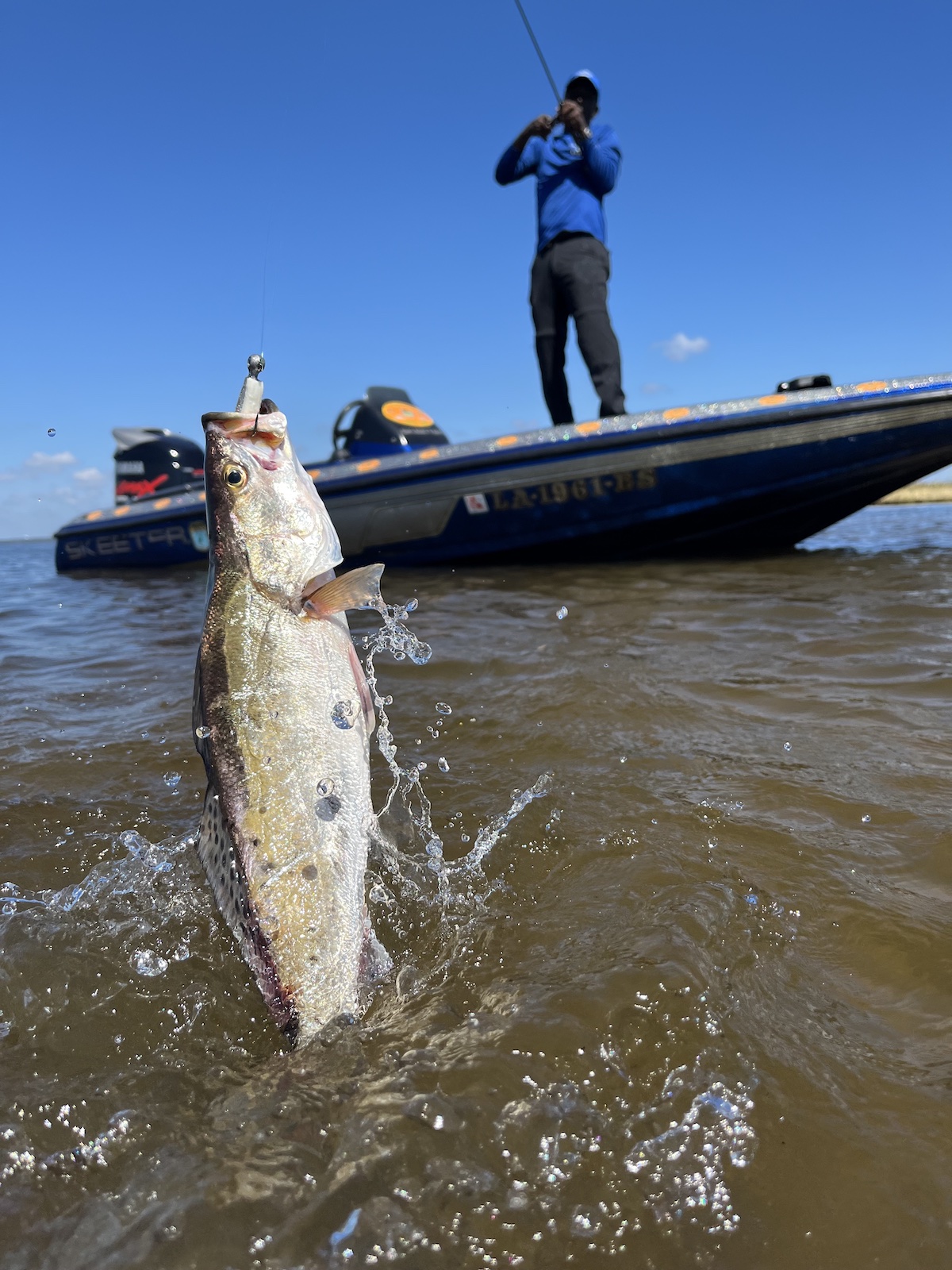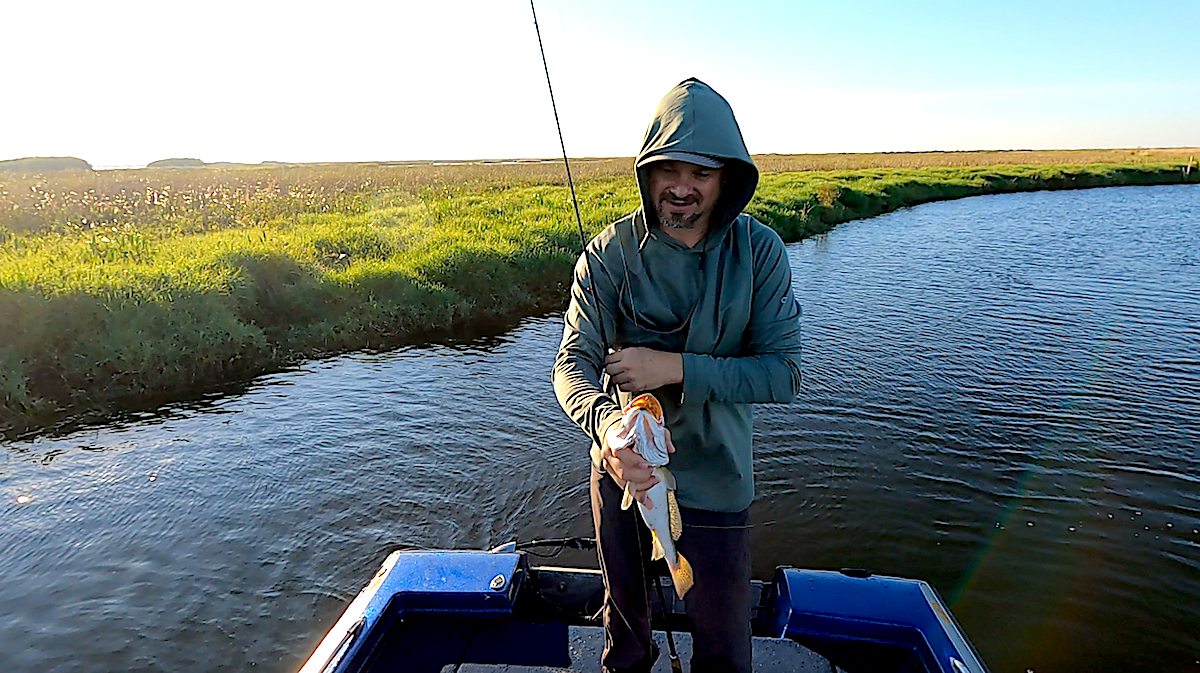OutdoorHub
Using a Rising Tide to Your Advantage
Having been born and raised in South Louisiana, I’m accustomed to targeting days that are forecasted to have a large tidal range. A fast-moving tide moves the bait, which in turn, causes the fish to feed. If I had my choice as to which tide I was going to fish, nine times out of ten it would be a falling tide because it causes the bait to be flushed out of the marsh.
However, on my latest trip, I learned that there are certain times when a rising tide beats a falling tide.
My day began at 6:00 a.m. in Lacombe, Louisiana. I was fishing with a lifelong resident who knows the Lake Pontchartrain marsh like the back of his hand. Forrest Green and I had made numerous fishing trips together through the years and it seems I learned something new on each trip.
On this trip, we headed back into a marsh canal that stretched about 30 feet across and fluctuated from 8 feet to 20 feet deep. The canal stretched almost a mile and ended in a duck pond.

As we entered the canal, Green threw down the trolling motor and started to work his way back to the duck pond. The tide was falling which naturally had me excited. The water was falling out of the marsh hard. Every small ditch we spotted had water pouring out of it. There was only one thing – we weren’t catching anything.
“It was like this yesterday, don’t worry,” he said. Green started to explain to me how a rising tide is the better tide in late September and October in the marsh. “Right now, the lake is full of baitfish and shrimp. So when that tide starts to rise, it pushes all the bait back into these canals, and the fish follow,” he said. The theory made sense as we caught 3 speckled trout fishing in the lake right before we entered the canal. Among those trout were mullet, pogey, and shrimp. Green told me that he planned to let the canal funnel all of the bait into an enclosed area so the trout would be easier to catch.
As the tide started to go slack, we still had yet to catch a single trout back in the canal. But after about an hour passed, we noticed that the water was now moving in the opposite direction. It was now rising ever so slightly.
A half hour passed and we started to see action on the surface of the water as if someone flipped a switch, Green felt a thump and set the hook on a 14-inch speckled trout and slung him into the boat. “That’s what I’m talking about,” he whispered. The baitfish and shrimp were all around us, and the fish started biting. As the tide rose harder, the baitfish became more plentiful and so did the specks!

We were using a triple-tail shad made by Speck-Drum Baits. The water was clean, so Green insisted we use the Black Pearl color, which was a more natural tone. “There’s no need to go with bright, bold colors when the water is this clean,” he said.
As the water poured into the marsh, the bait increased and we started catching trout at a pace that put us at a 2-man limit (30) by noon.
Green’s theory certainly checked out, and I witnessed a rising tide play to my advantage. Green said the entire script will flip as November rolls around and the marsh begins to empty its baitfish into the lake.
The post Using a Rising Tide to Your Advantage appeared first on OutdoorHub.
